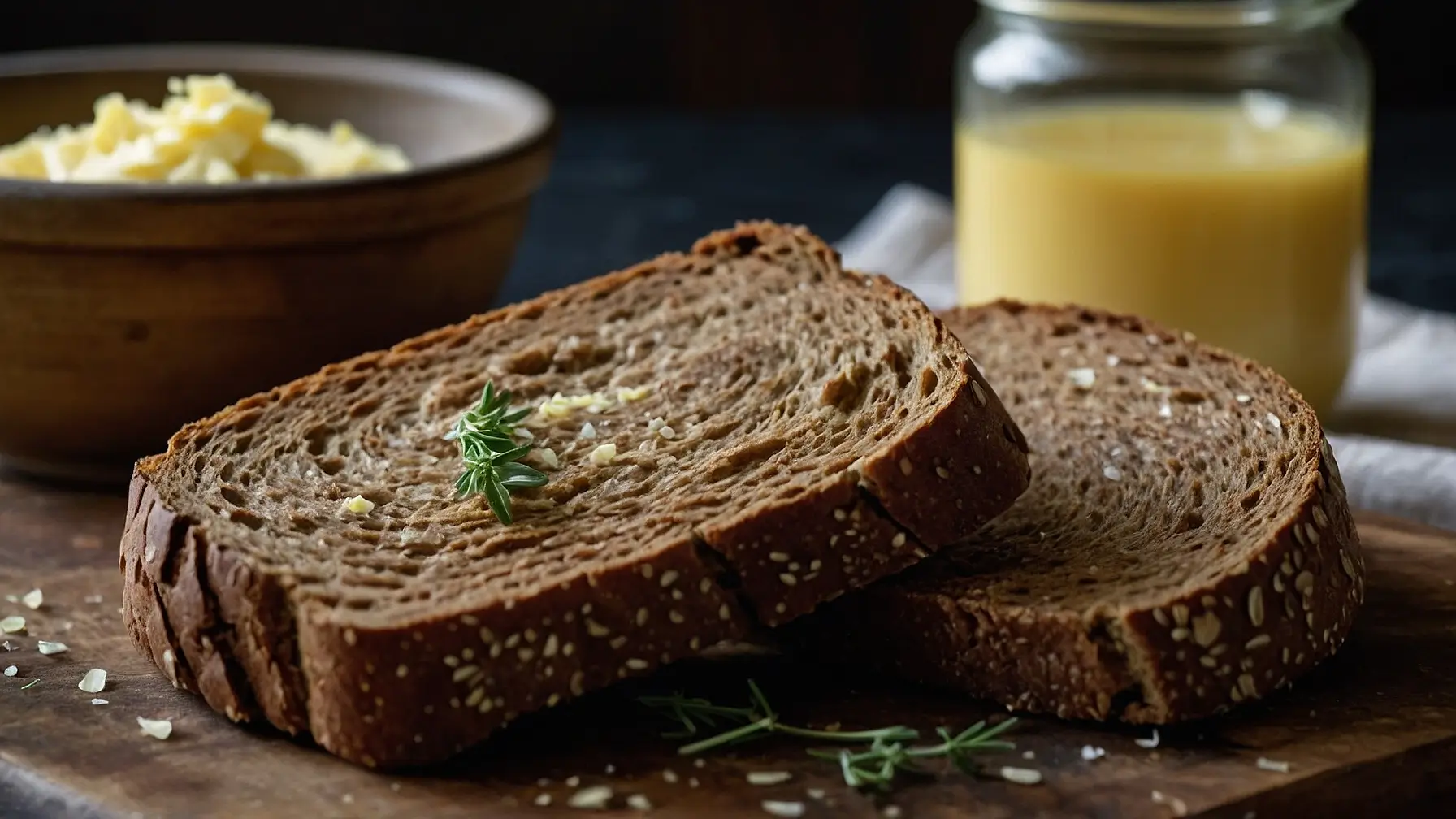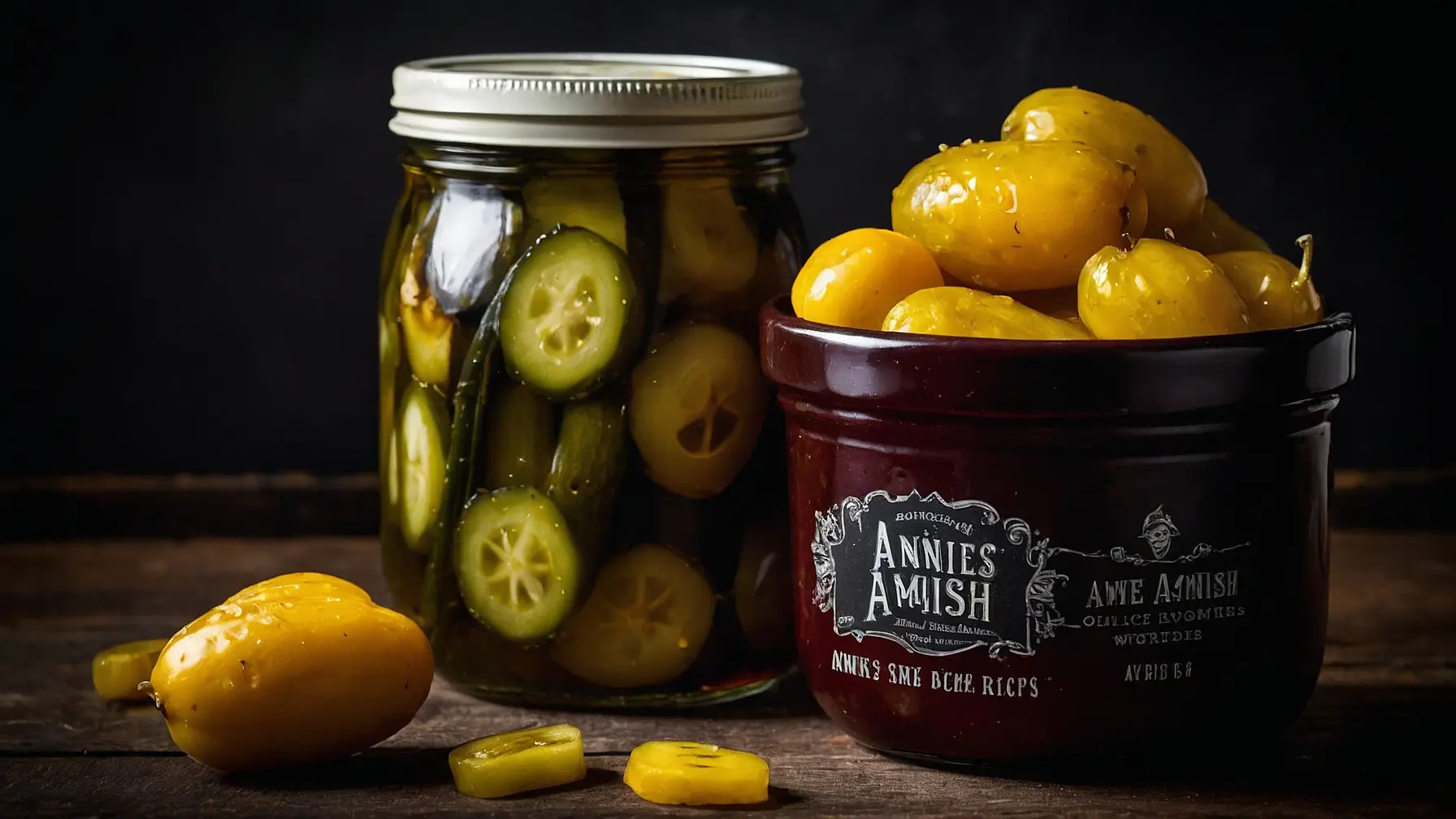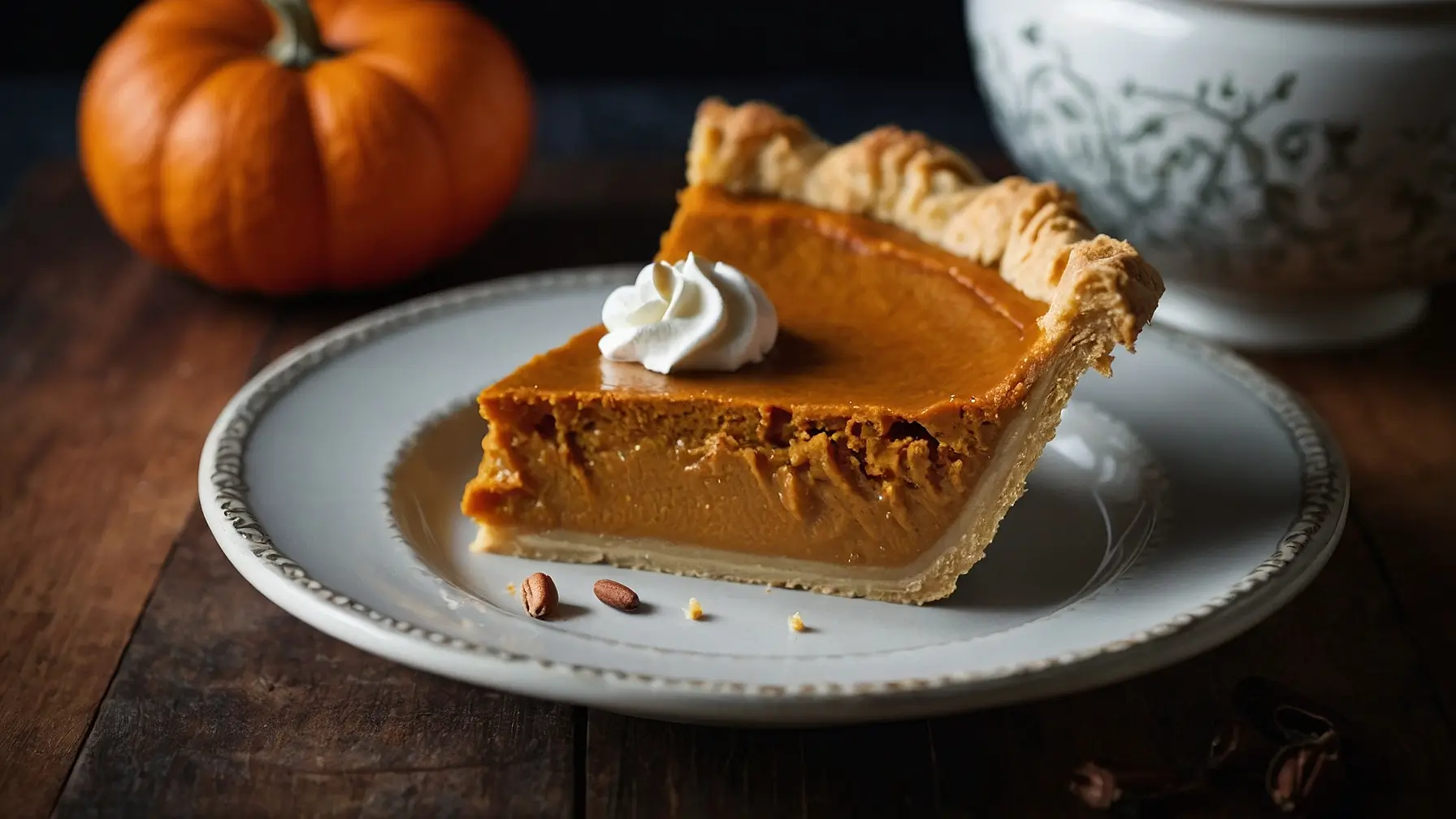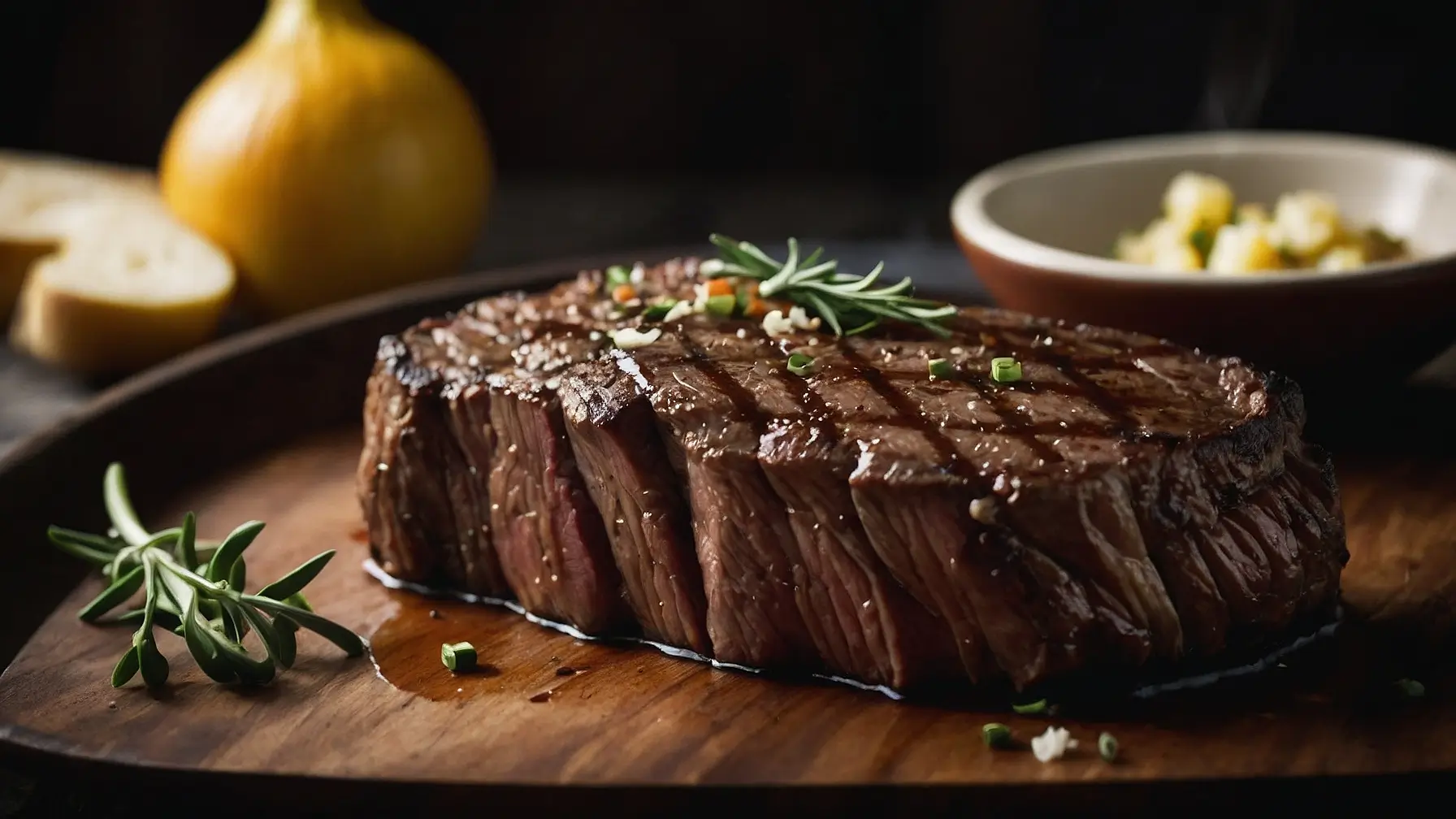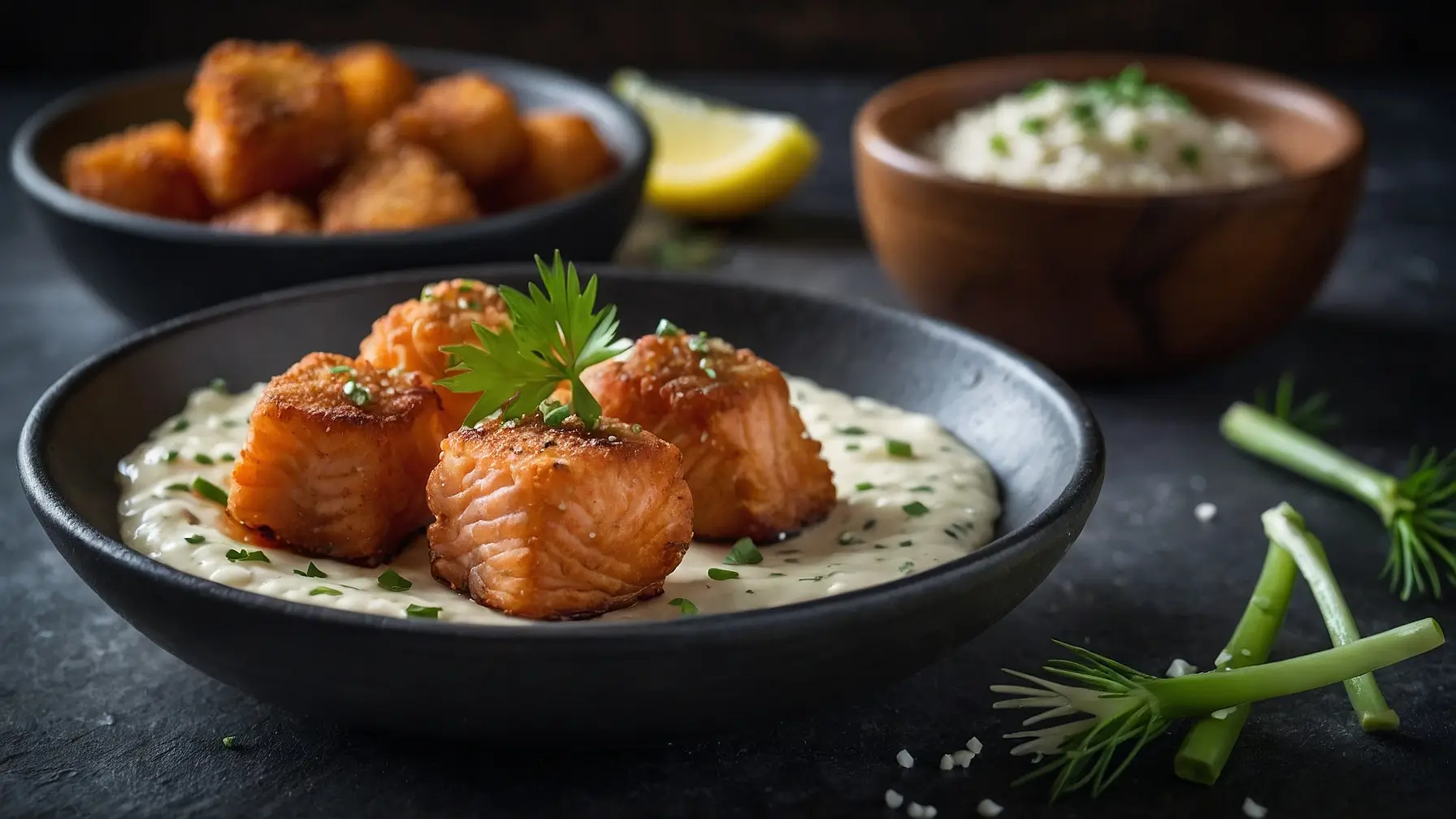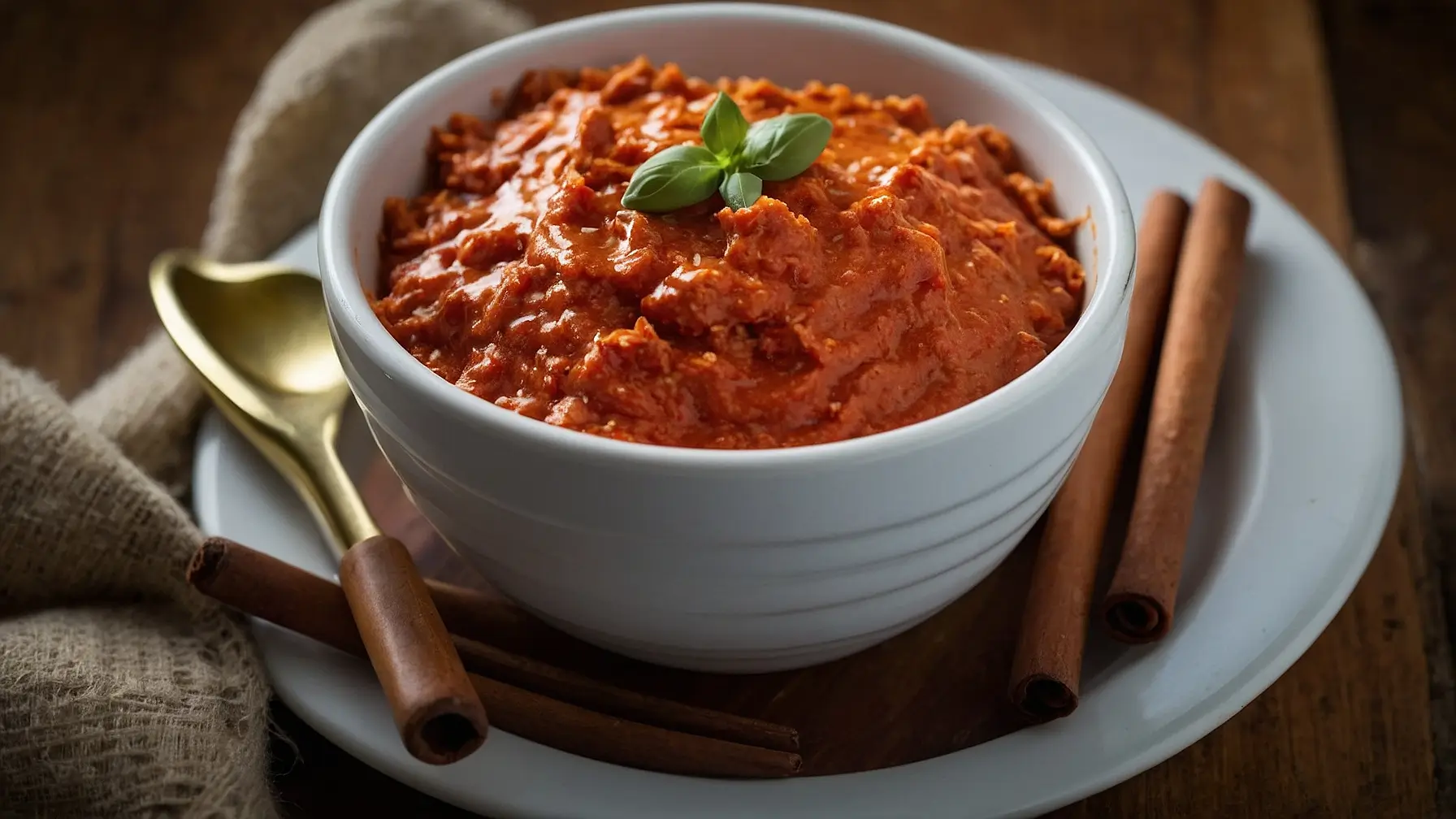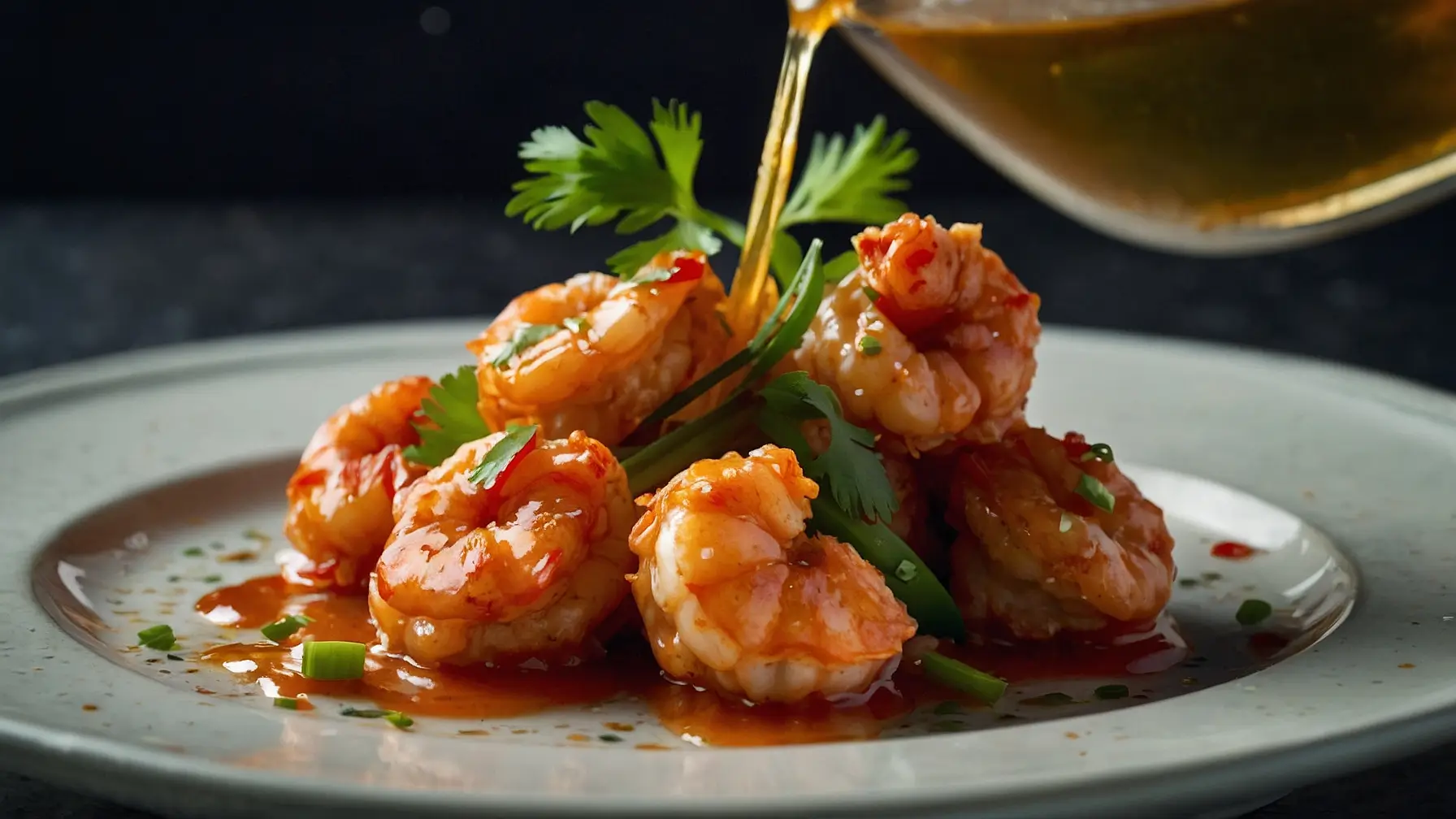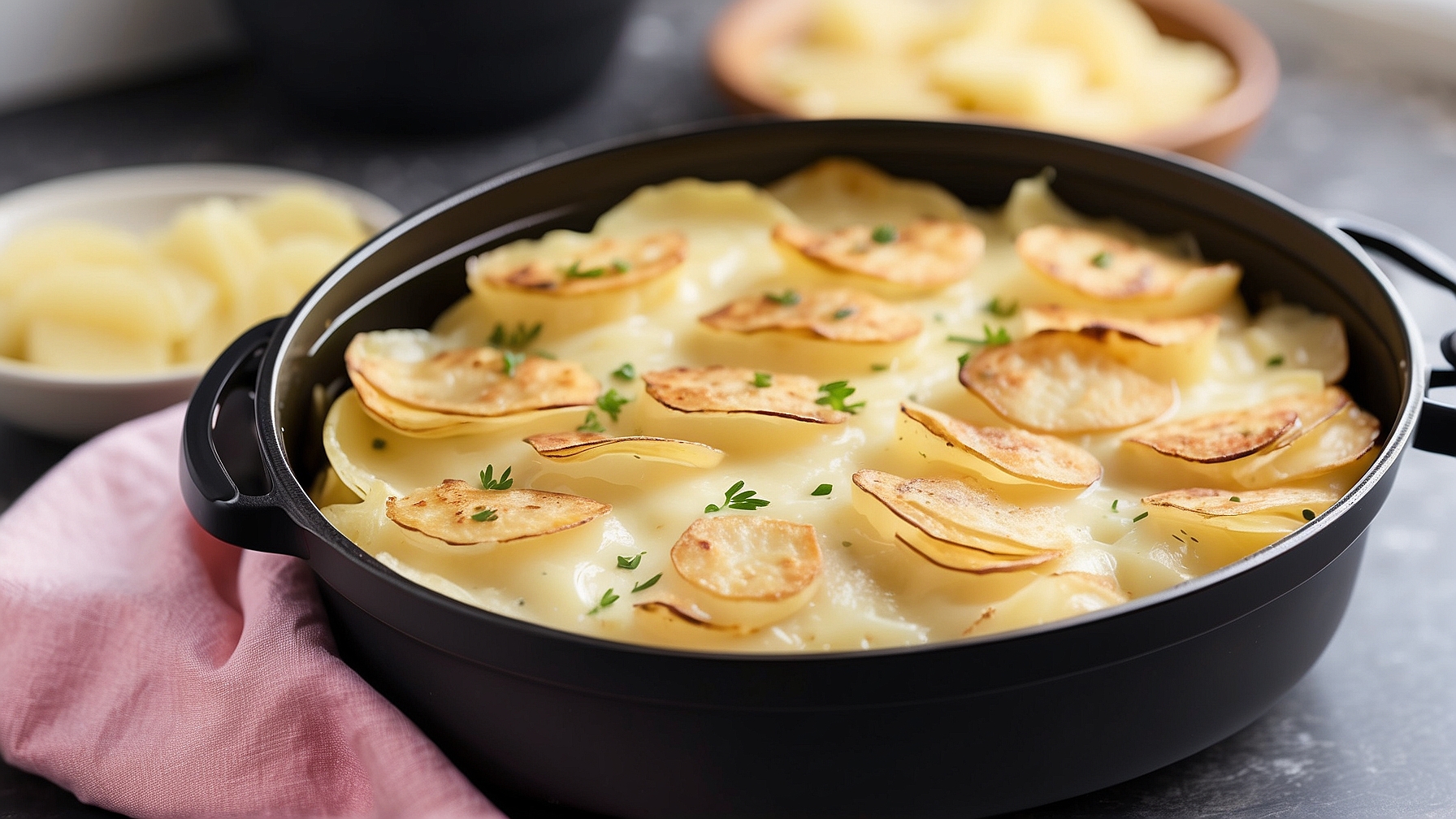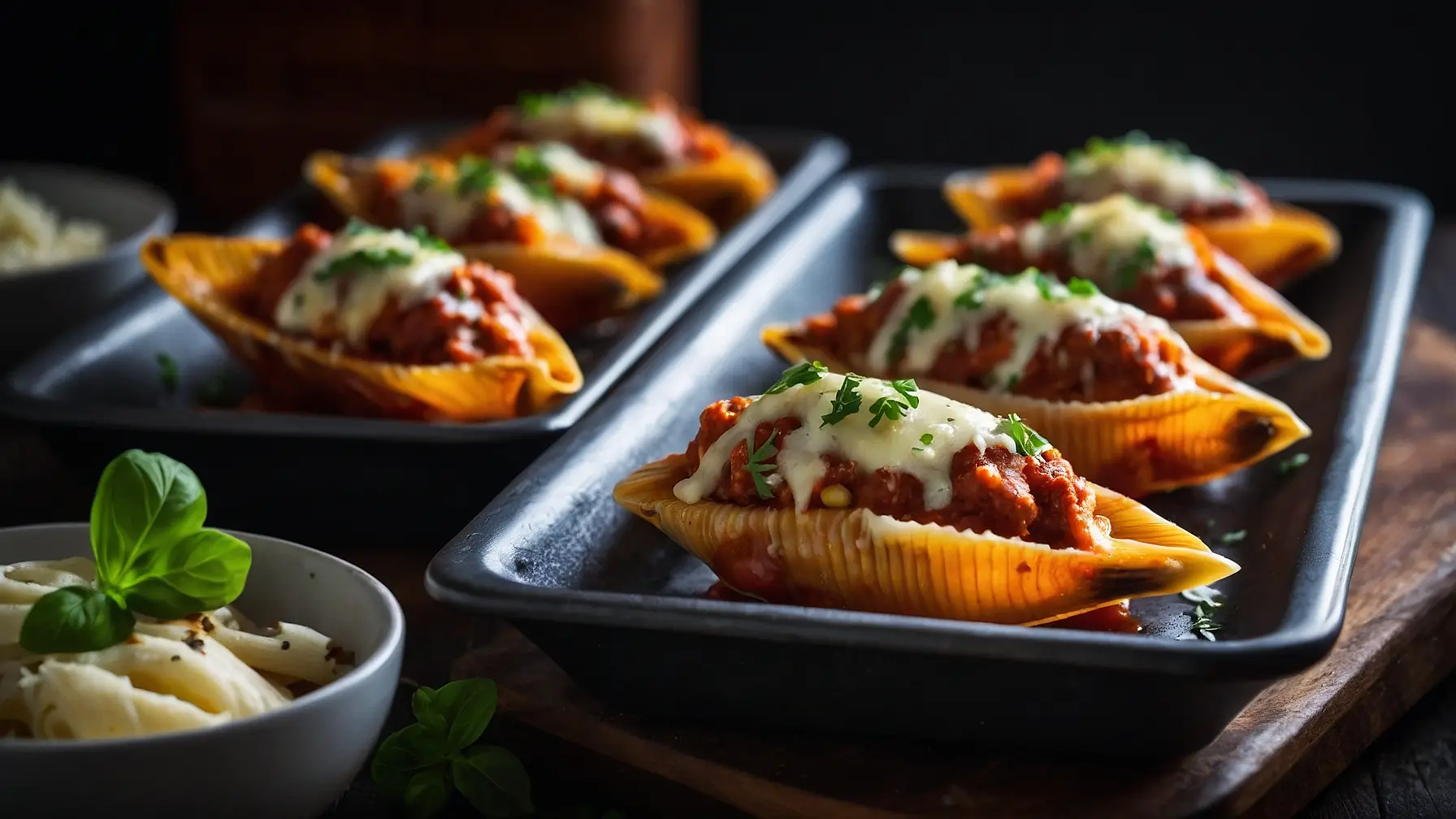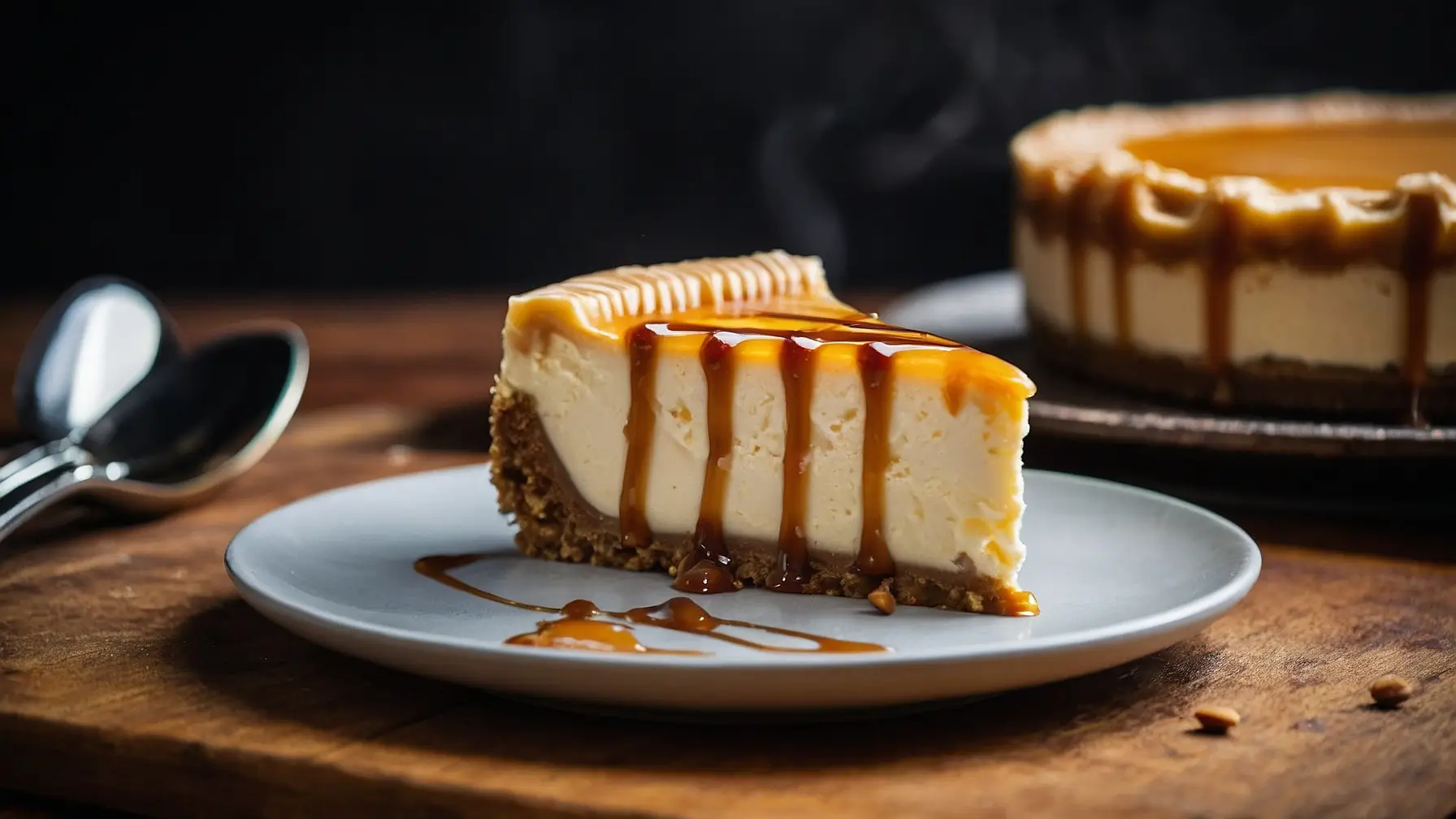Coconut cake vape recipe
First time I heard about vaping a dessert—a unique twist in culinary and sensory adventure, it seemed like some kind of magic had happened. Today,
Boston brown bread
A very simple but profoundly historic dish that showcases the spirit of early American cuisine is Boston Brown Bread. This food, which is compact and
Crab brulee recipe
When one thinks of brulees, one’s mind is usually drawn to the typical French dessert that has a thick, creamy custard with a caramelized sugar
Apple mortgage cake recipe
In every kitchen, there is the possibility to make something that goes beyond mere survival. Among these creations, Apple Mortgage Cake is a sign of
Annies recipes sweet amish pickles
Across the world, pickles have been an important part of traditional culinary practices as they provide a delightful means of keeping farm produce and garden
Italian Easter Desserts: A Celebration of Flavor and Tradition
Easter in Italy is a lively festival that echoes the rich tapestry of history and culinary tradition for which this country is famous. It is
American cookery pumpkin pie recipe
The story of the pumpkin pie, which is just like that of America, has been a blend of traditions and experimentation with a little bit
Amish wedding steak recipe
In the heart of haute cuisine where complexity is often supreme, is an untraveled path that leads to the plainness and fullness of Amish food.
Fried salmon bites recipe
Welcome to the culinary world where simplicity meets sophistication on your plate, bringing forth a dance of flavors that’s hard to resist. Today, I’m thrilled
Dark chocolate covered strawberries
In the world of decadent desserts and sweet indulgences, few treats capture the essence of elegance and simplicity quite like dark chocolate covered strawberries. This
Low calorie buffalo sauce
In the quest for maintaining a healthy lifestyle without sacrificing flavor, many of us find ourselves searching for alternatives to our favorite condiments and sauces.
Bang bang shrimp recipe
The quest for the perfect dish that combines simplicity, flavor, and a touch of elegance often leads to a variety of culinary experiments. Among these,
Scalloped potatoes in air fryer
In the world of culinary arts, the fusion of traditional recipes with modern cooking techniques not only preserves the essence of the dish but also
Hearty Stuffed Shells
In the world of comfort food, there’s something exceptionally heartwarming about a dish that not only satisfies your hunger but also wraps you in a
caramel macchiato cheesecake
Imagine sitting in a cozy corner of your favorite café, the aroma of freshly brewed coffee enveloping you like a warm hug on a chilly
Recent Posts
Coconut cake vape recipe
- April 16, 2024
- 4 min read
Boston brown bread
- April 7, 2024
- 5 min read
Crab brulee recipe
- April 7, 2024
- 5 min read
Apple mortgage cake recipe
- April 3, 2024
- 6 min read


